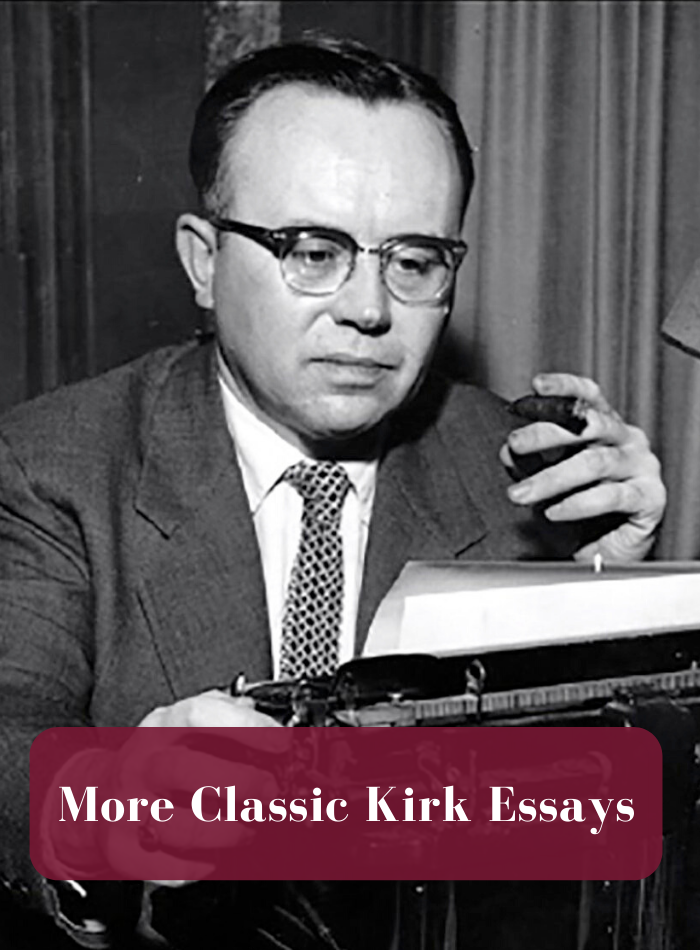Classic Kirk: a curated selection of Russell Kirk’s perennial essays
Reoccupying the City
To The Point: Tuesday, October 24, 1967
Will we presently behold an exodus from the suburbs back to the city? Such a development would do more to save our urban life than could any amount of urban-renewal and model-cities subsidies. It is not impossible.
Many suburbanites are finding their existence not only monotonous—and exhaustive because of the long daily expedition to work and back—but morally unsatisfactory. Some friends in Manhattan have six children, all of them enrolled in private schools, their tuition varying from $500 to $1,000. Despite this and other financial burdens of Manhattan life, my acquaintances are resolved never to move from the city “because there are so many more temptations for young people in the suburbs.”
Odd enough it may seem in our affluent age, it has become quite true that life in the city core may offer more to conscience and sense of community than does the moral atomism of the typically prosperous suburb. Perceiving this, some intelligent people are moving back toward the center of town.
Despite widespread urban degeneration into slums and devastation by urban “renewal,” nearly every American city still retains neighborhoods near its heart which could be regenerated and made good places for people to live. We are just beginning to spend a little money on this.
Recently I spent several hours strolling old Toledo (Ohio, that is—though I know mostof the streets and lanes of Toledo, Spain, too). Whole streets I once knew have been demolished in recent years, and others are doomed; it is astonishing, nevertheless, how much good and interesting 19th-century architecture survives in Toledo, both domestic and mercantile.
Within a few blocks of the Civic Center I came upon a dozen solid old houses which are far more commodious and handsome than anything most people can afford to build nowadays. The old neighborhood churches are fine, too—but one of the most interesting of them, with a round tower, is now a car-wash.
Toledo’s Old West End, a really big quarter built mostly between 1870 and 1900, remains potentially one of the most satisfactory neighborhoods in America. The houses are large and imaginative, the streets are tree-lined, and Toledo’s splendid art museum is situated there. Although the retreat of the affluent to the outer suburbs has afflicted the Old West End—which now experiences its own rent strikes—some rehabilitation has commenced. How much better to live here, within easy reach of everything important in town, than at the extreme limits of the commuter sprawl.
A principal reason why our city cores have become so terribly slummy is the retreat, especially since World War II, of the most people with energy, qualities of local leadership and some money.
Backward, turn backward, pioneers of affluence. Your new frontier is downtown.
(Copyright 1967, Gen.Fea.Corp.)
